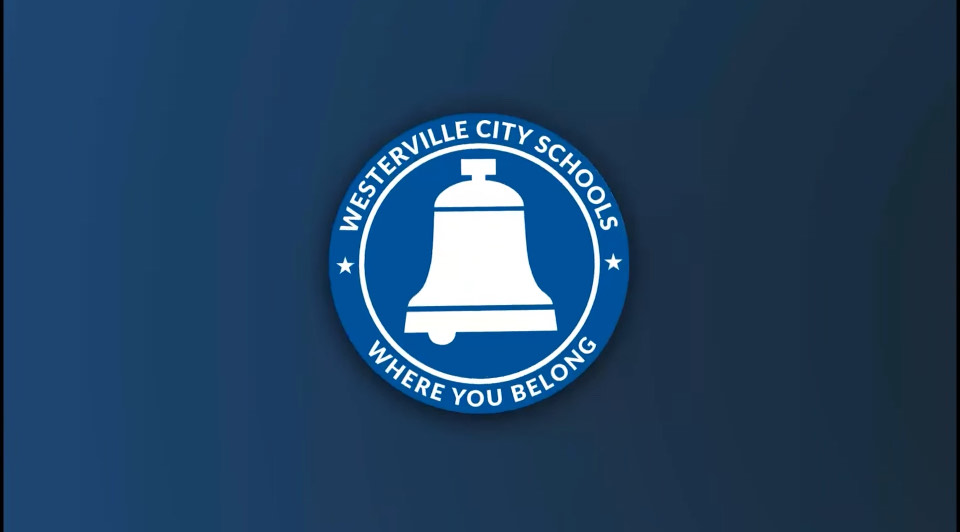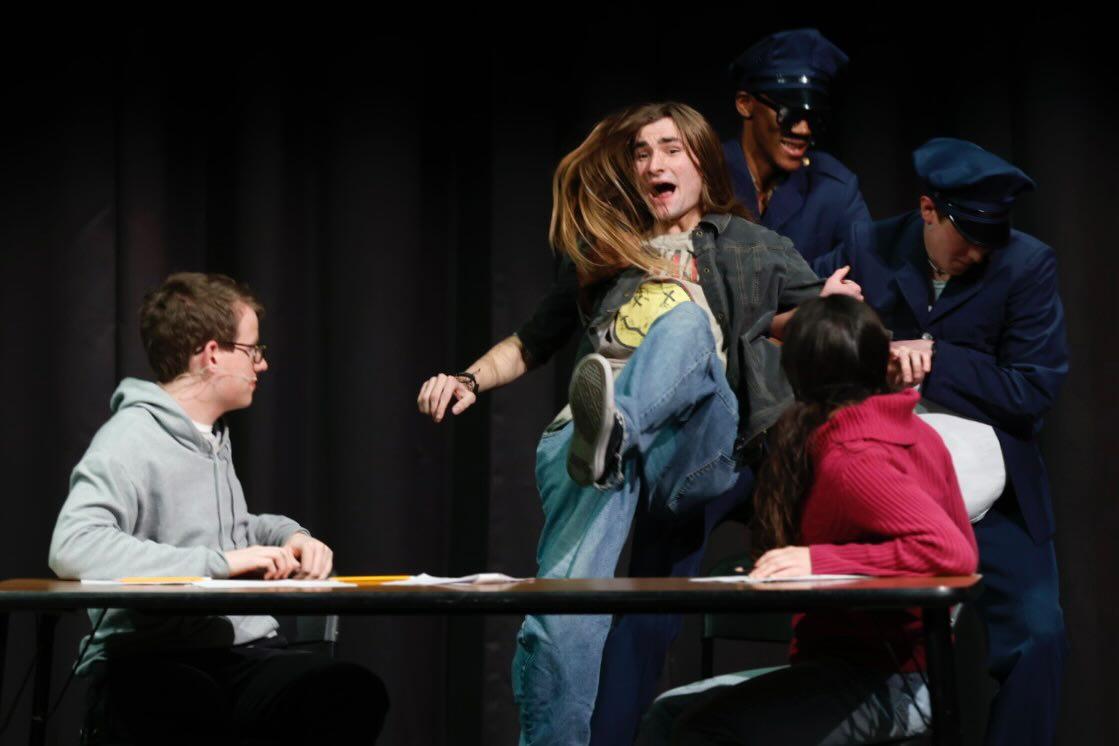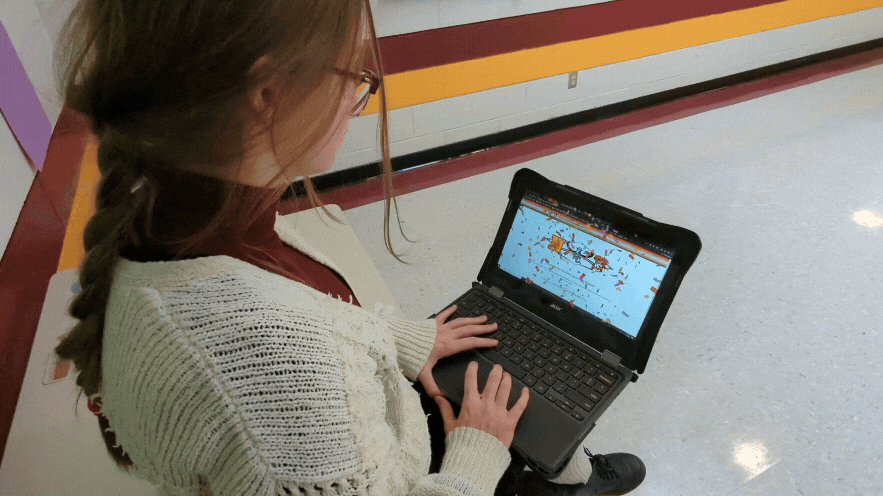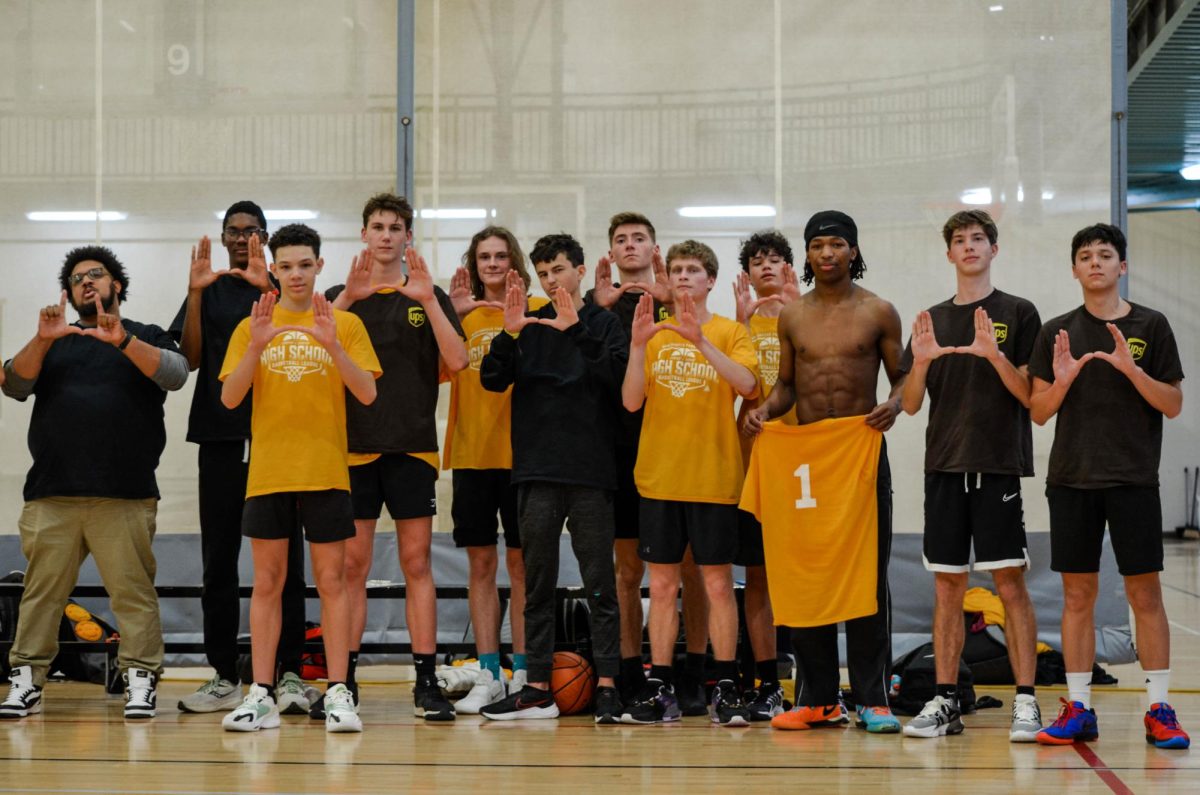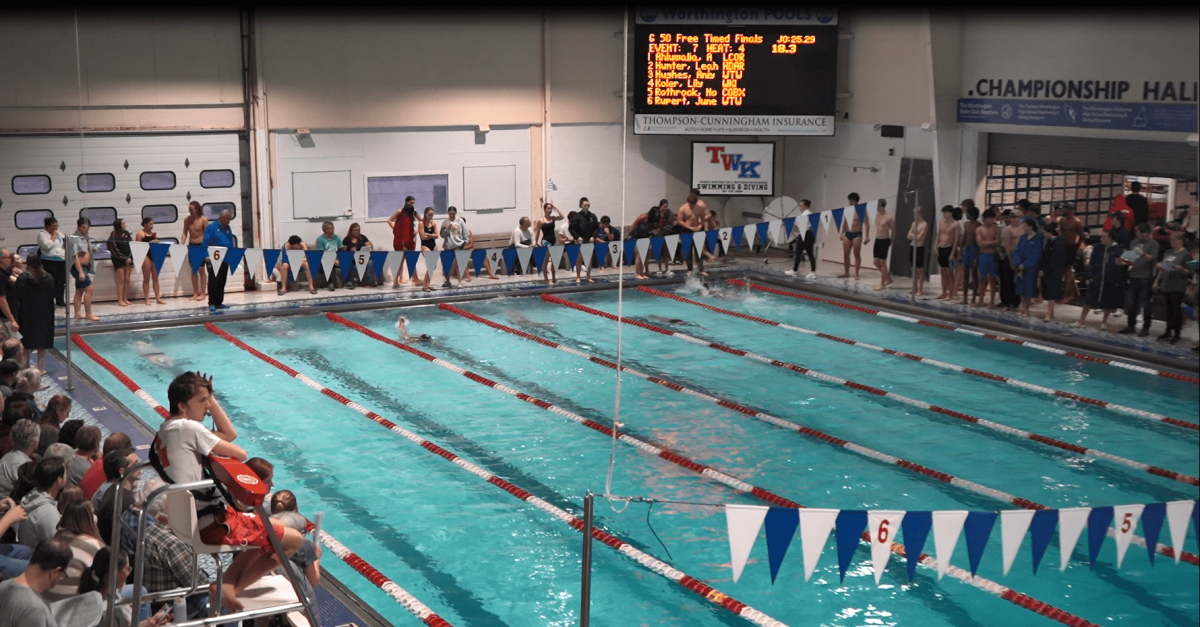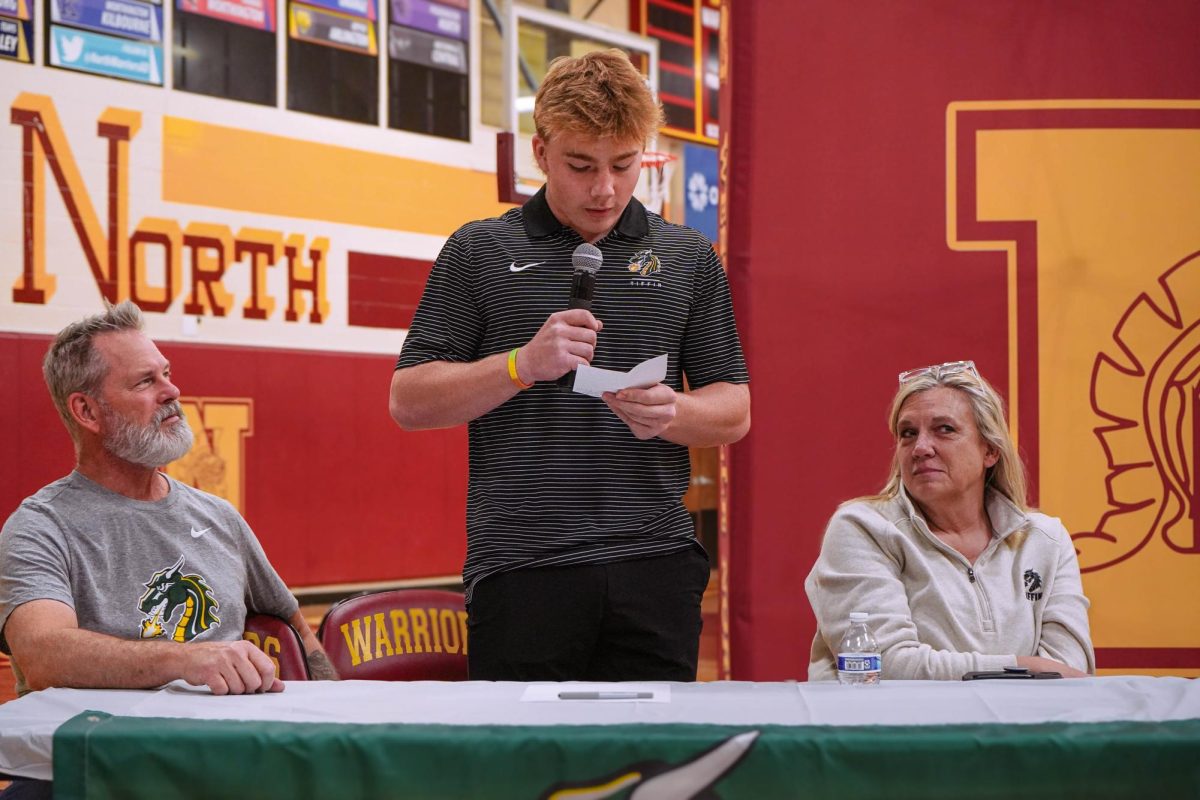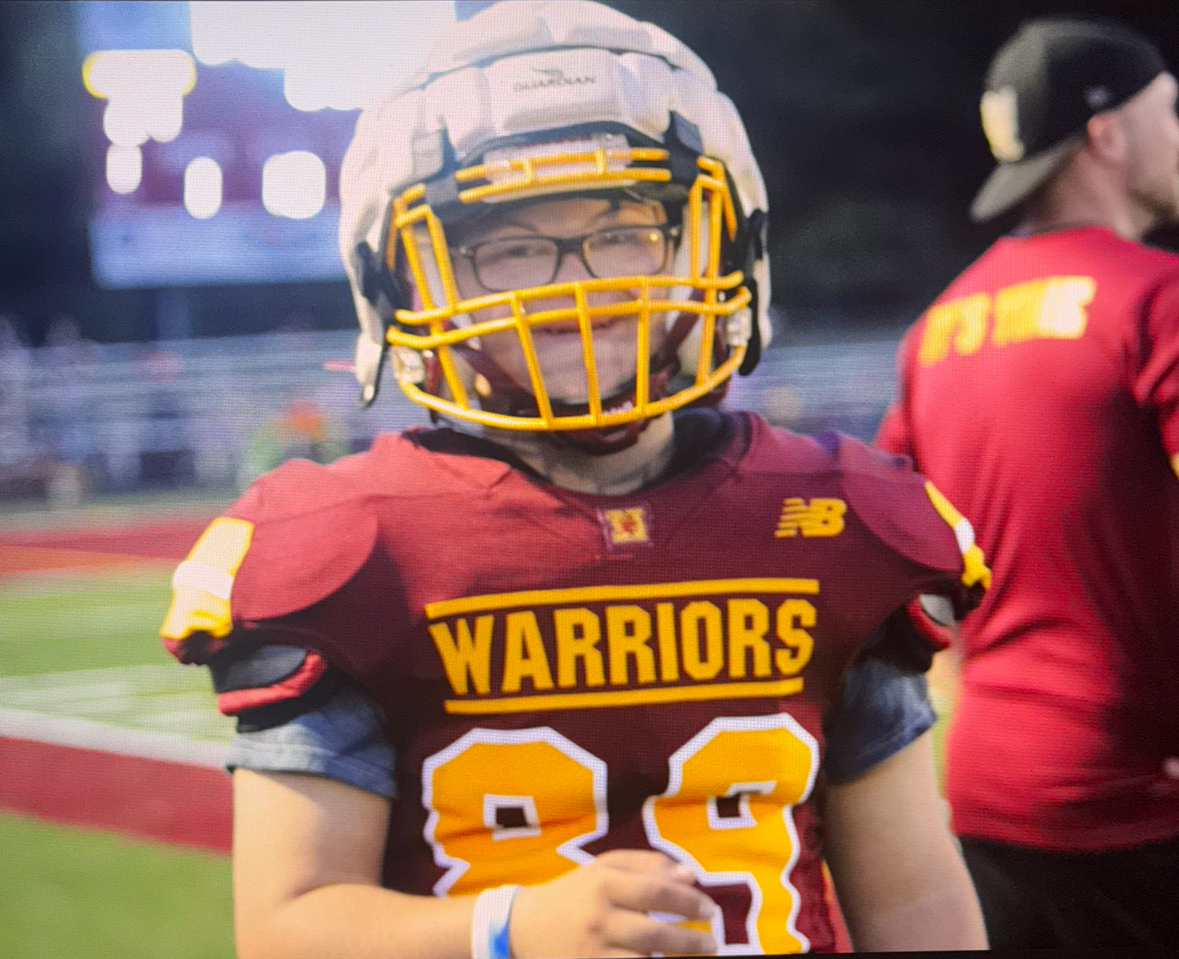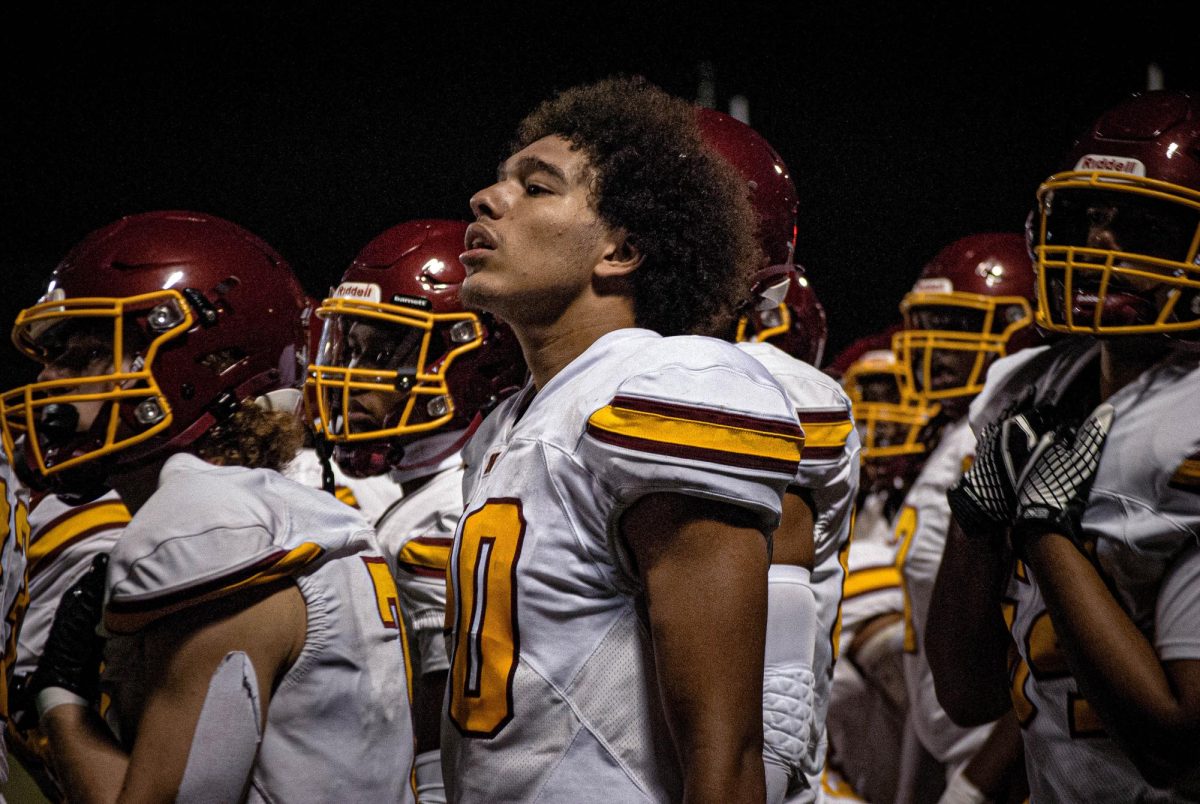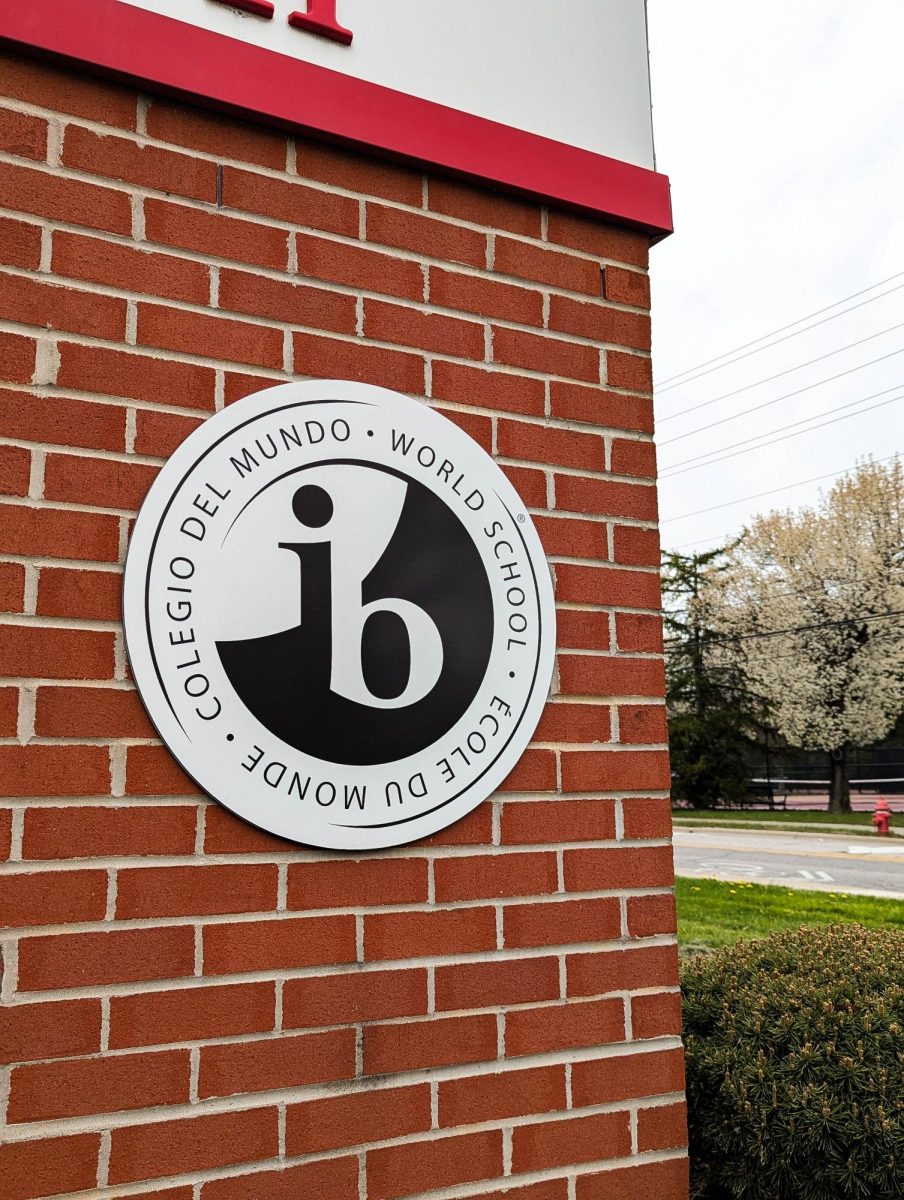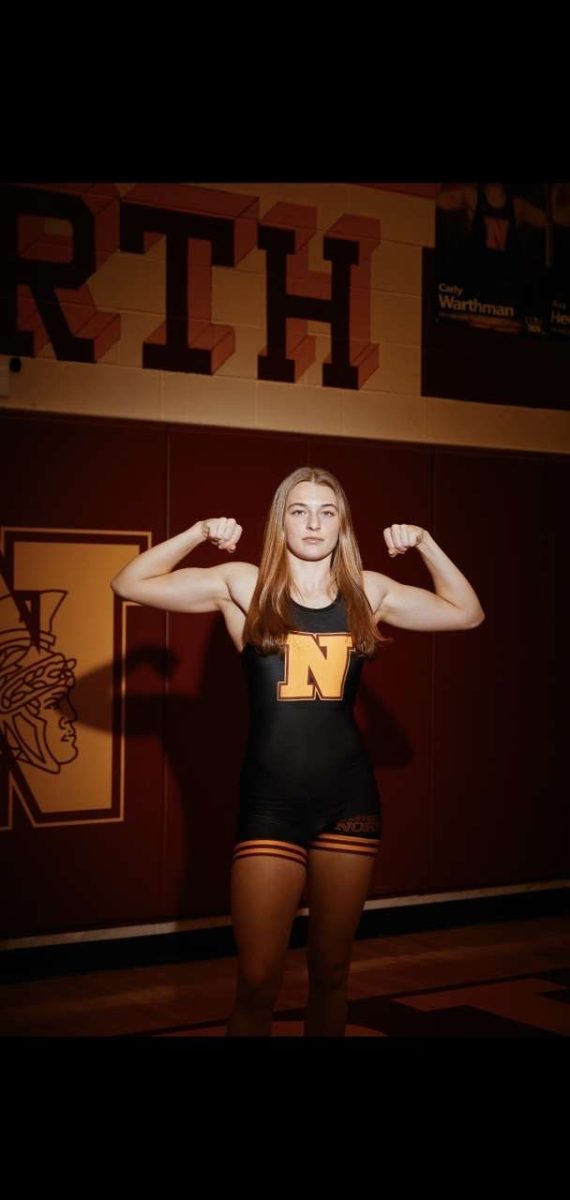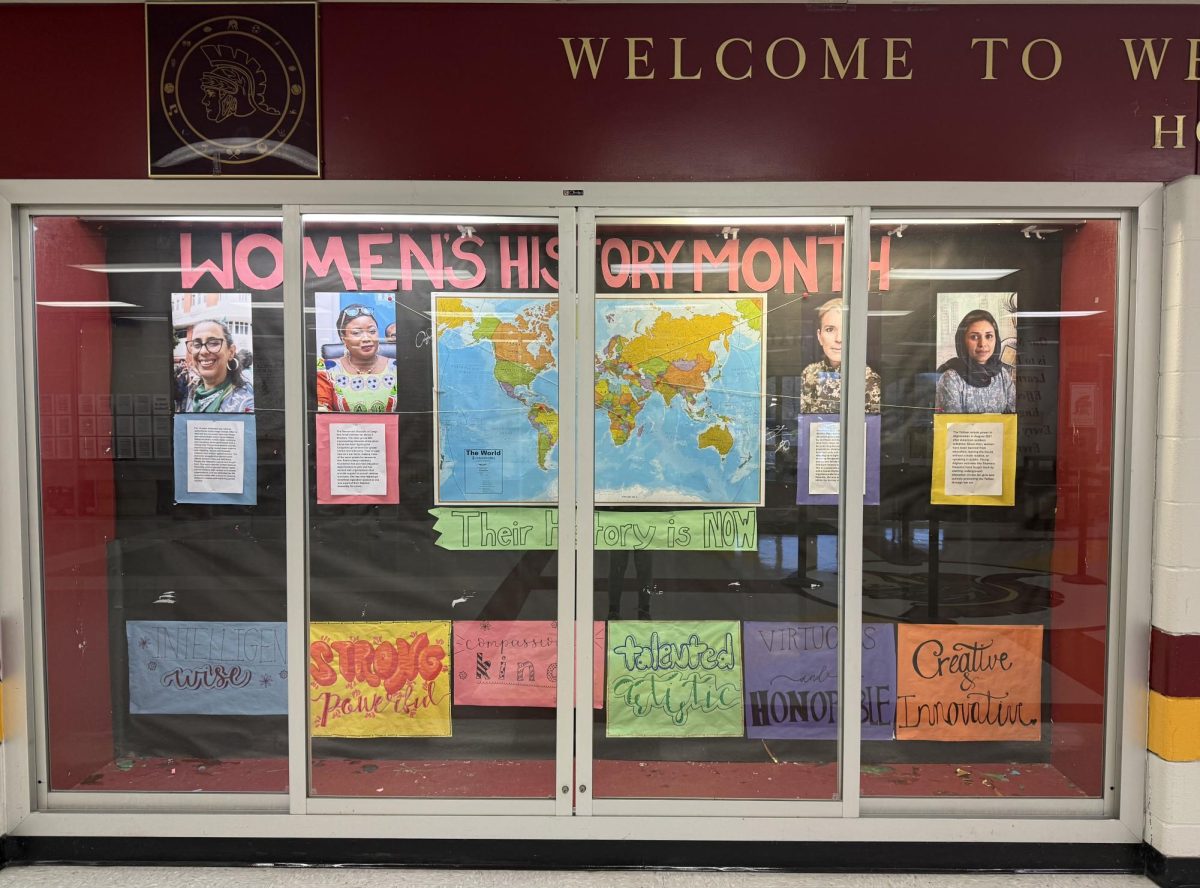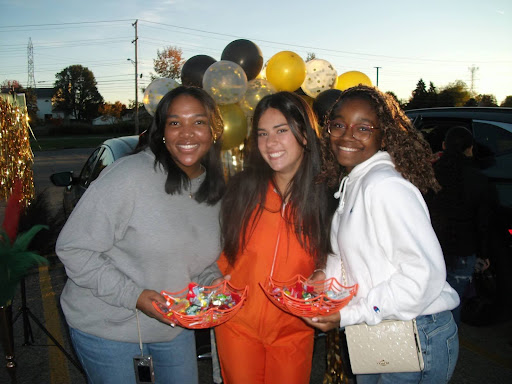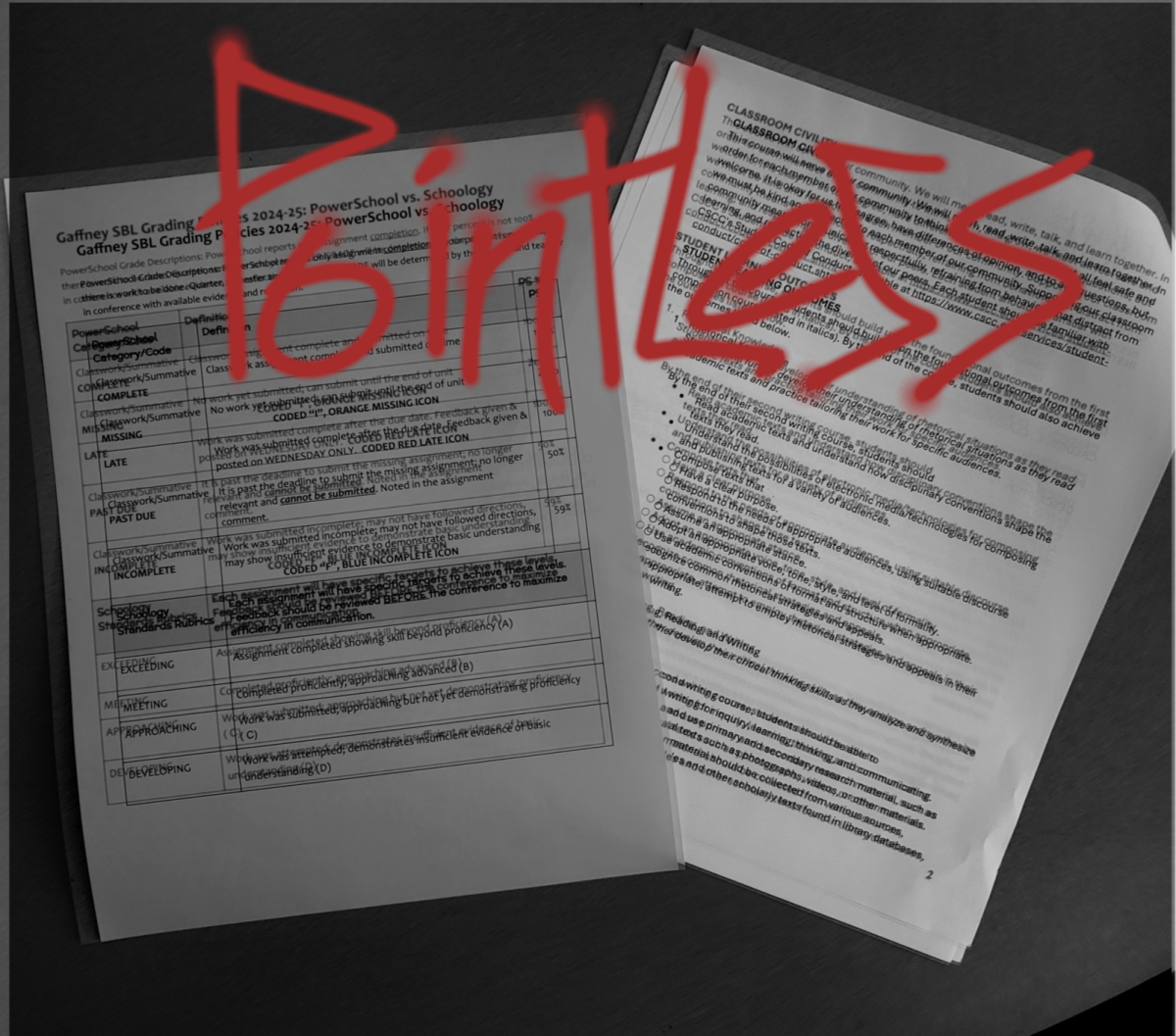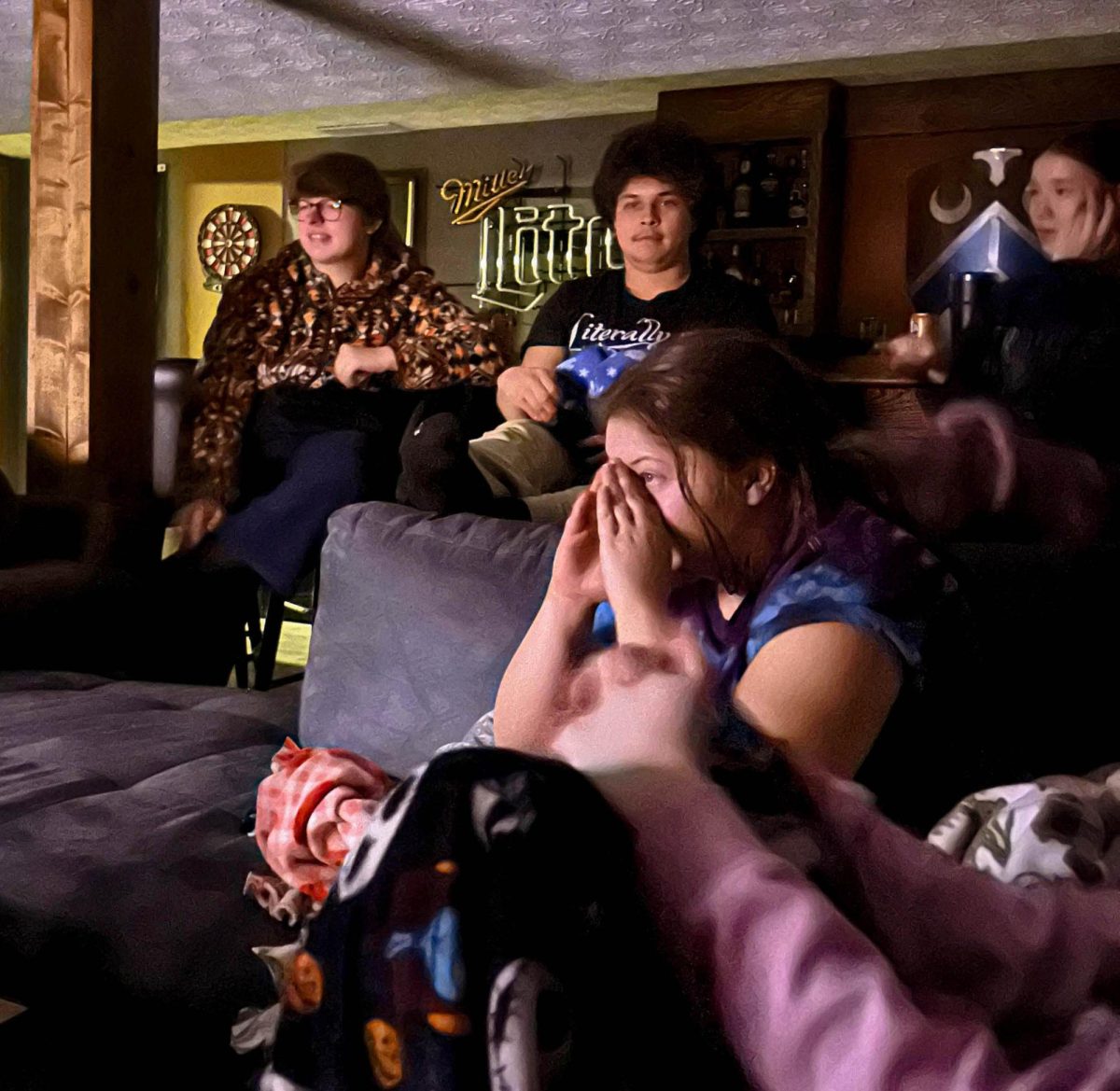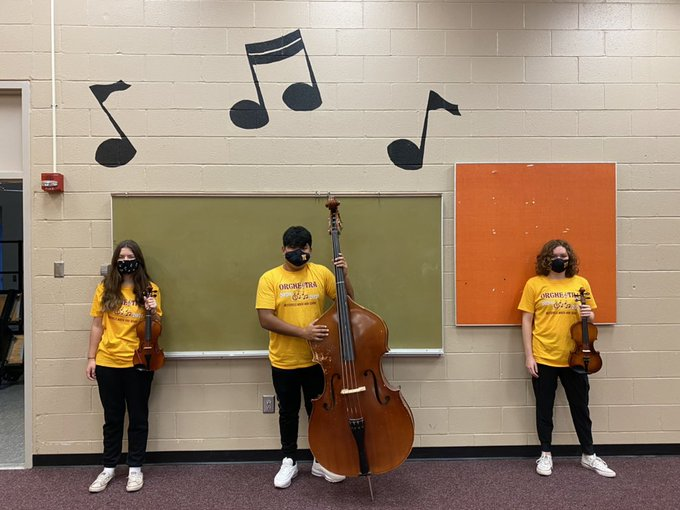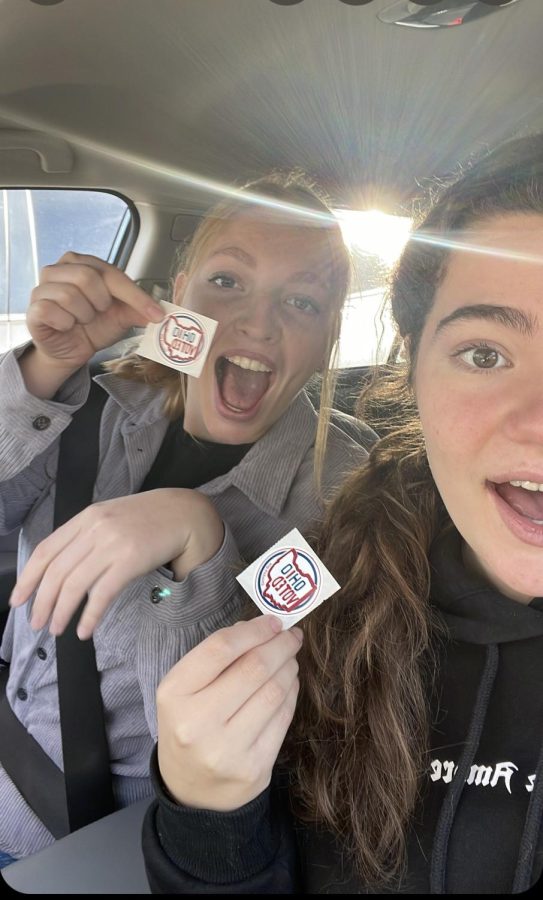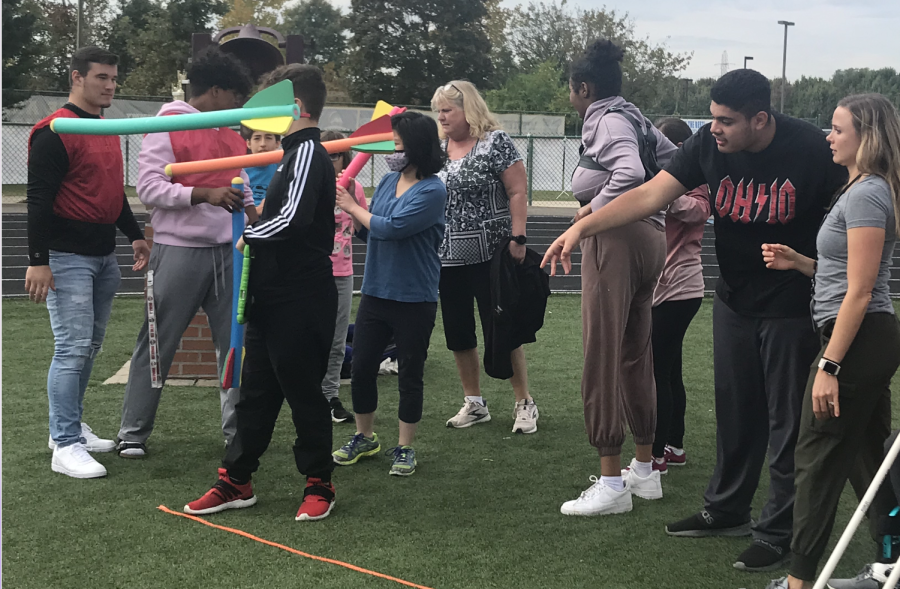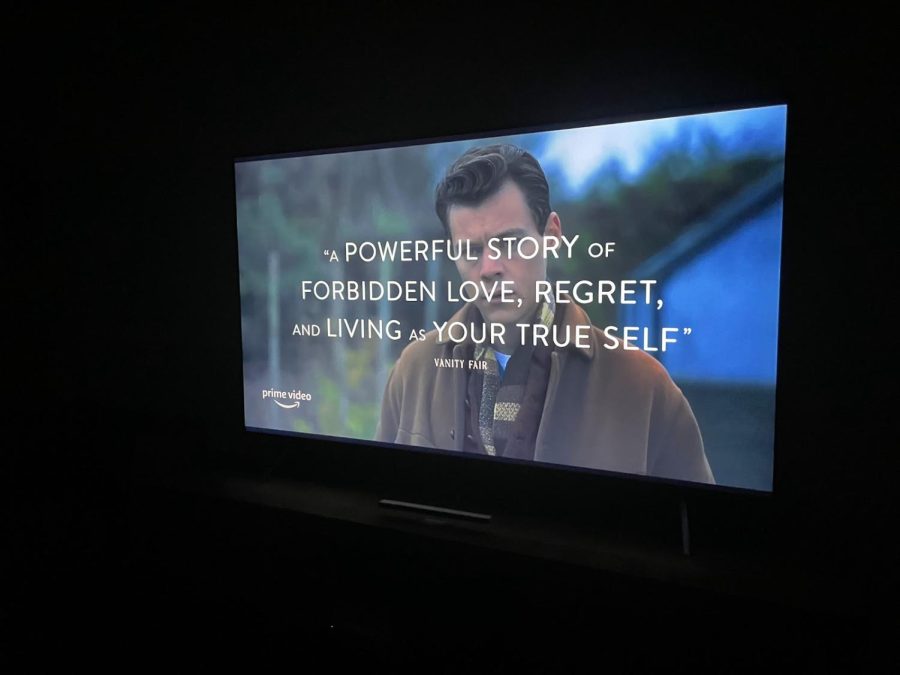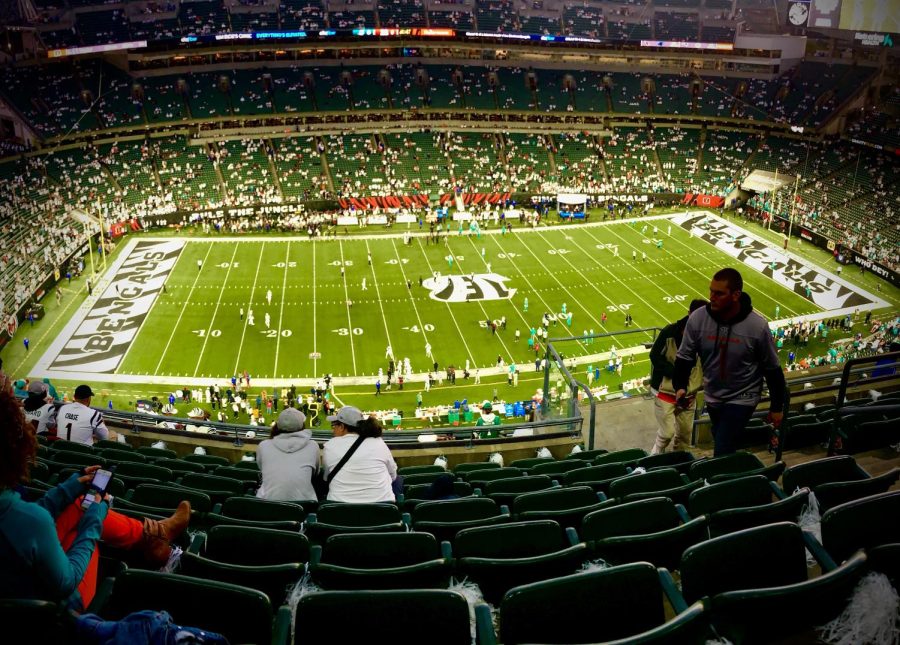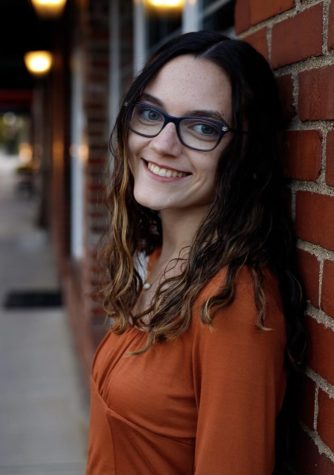As COVID-19 continues to impact schools throughout the country, Westerville North’s choir and orchestra classes have had no short supply of their own challenges and changes this school year.
Elizabeth Brosius is the choir and orchestra teacher at Westerville North.
“Some of the big changes are that in choir we’re wearing masks and face shields when we sing inside, and I try to take the singers outside as much as possible because of the aerosols and the better ventilation.
For orchestra…we don’t have our normal curved setup, we don’t have stand partners, everyone has their own stand, and we’re all in rows, so for orchestra, that’s the weird part,” Brosius said.
For many, these changes require some getting used to, but they have become the new normal.
“I think orchestra feels the most normal of all of my classes. It sounds the most normal, we don’t have any cover or shield on the instrument that’s masking the sound, the only thing that’s different is that some of the classes are smaller.
“In choir, it’s harder to hear the students because the masks kind of muffle, and we’ve got the shields,” Brosius said.
These classes are making changes at school, but many students also wondered if there would be a fall concert this year.
“I think it’s really important that we still have concerts, but my main priority is to keep everyone safe. I had seen Eric Whitacre do a virtual choir a few years ago. They had students from all over the world send in a video, and they made a virtual choir with the videos. And, in the Spring when we couldn’t be together, I did a project with the Notables singing the Alma Mater. I asked another music teacher that I knew and he showed me how to do it. So, that’s where the idea (for a virtual concert) came from.
“I really wanted everyone to have a concert and to have that feeling of accomplishment. And, we wanted to have a goal. Part of being in orchestra is that we have that goal of getting the performance done and perfecting it so that people can see it. This way’s just a little different, so now that we’re hybrid, we’ll do video performances. We’ll all wear our T-shirts one day, we’ll have someone come in and record us, and then I’ll string the videos together and we’ll have a virtual concert,” Brosius said.
Just like concerts in past years, people will be able to watch the concert and see the progress students have made throughout the year.
“I am going to share the link with parents, students, and teachers through email,” Brosius said.
Although making changes to choir and orchestra classes has been a challenge, there may be some hidden advantages.
“I think the benefit of smaller class sizes is that it ensures that every student has to be able to play their part because there are only one or two on a part, and we can’t move on unless everyone in the section or the one person in their section knows their part and can play it.
I feel like I’m able to give everyone more individualized attention and ensure that everyone in the class is doing what they’re supposed to be doing, and there’s no one lost in the cracks,” Brosius said.
Brosius also described how some changes she’s made this year could be implemented into her classes even after the COVID-19 pandemic is over
.
“I love a lot of the technology. I kind of like making instructional videos, and I think it’s helpful for [the students] when I make a video of me playing their parts and put it on Schoology for them to practice. I definitely think I’m going to be using the technology more, and as for virtual videos, I kind of like it. I definitely feel like I could do virtual concerts again. Obviously, we want to get back to doing in-person concerts, but it’s not safe right now. I think virtual concerts are a very good alternative…for now,” Brosius said.
Hannah Hutto is a junior who plays the violin in orchestra this year.
“It’s been more complicated because she (Mrs. Brosius) has to wear a microphone so we can hear her through her mask, and it’s also harder to hear the people around you because we’re so spread out,” Hutto said.
Jessica Murray, a sophomore in choir agrees that the changes have made things a little more complicated.
“Because singing is one of the most effective ways to spread the virus, we use both (masks and face shields) to keep us safe. This makes singing harder to do because the mask restricts mouth movements and muffles your voice while singing. We also have to sit farther apart in class, which makes it harder to hear other people sing,” Murray said.
As for the virtual concert, students know it will be different than others.
“I don’t feel like the sound quality will be as good, and we might not be able to hear the individual parts as well,” Hutto said.
“It’s a little disappointing because we can’t do them (the concerts) in person, but having virtual ones at least gives us the opportunity to show people what we’ve been working on,” Murray said.
Like Mrs. Brosius, students found that there were a few benefits to the changes made in classes due to COVID-19.
“I don’t have to share a stand with anyone. I didn’t like that. “Another pro is that we have more room, because I feel like we were very tight last year,” Hutto said.
“Knowing that we can go to class and still be safe is great. Especially since before the guidelines were set in place we weren’t sure we were going to be able to have class at all,” Murray said.
I am really glad that we get to have a concert this year and still be safe,” Hutto said.


